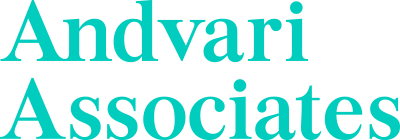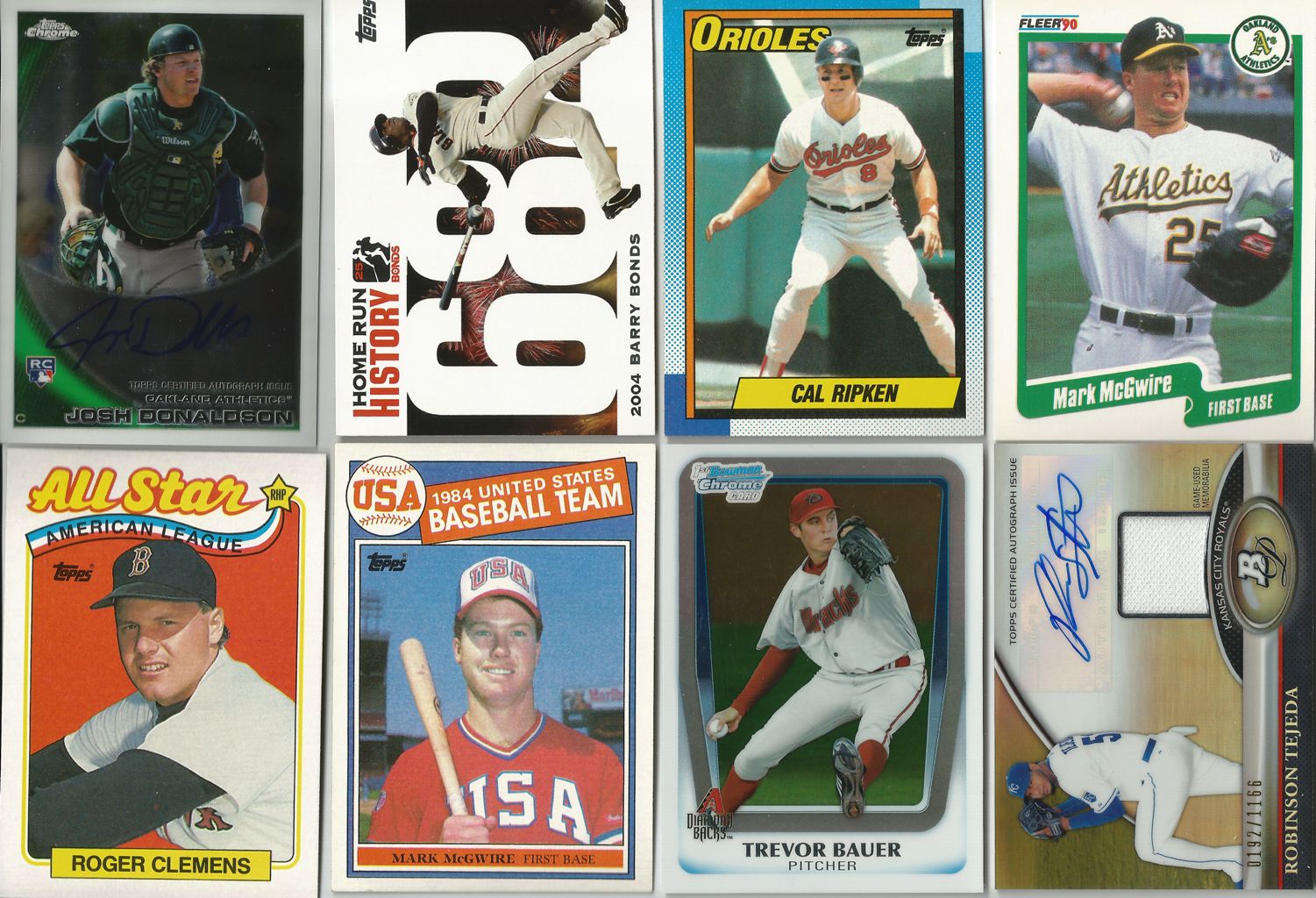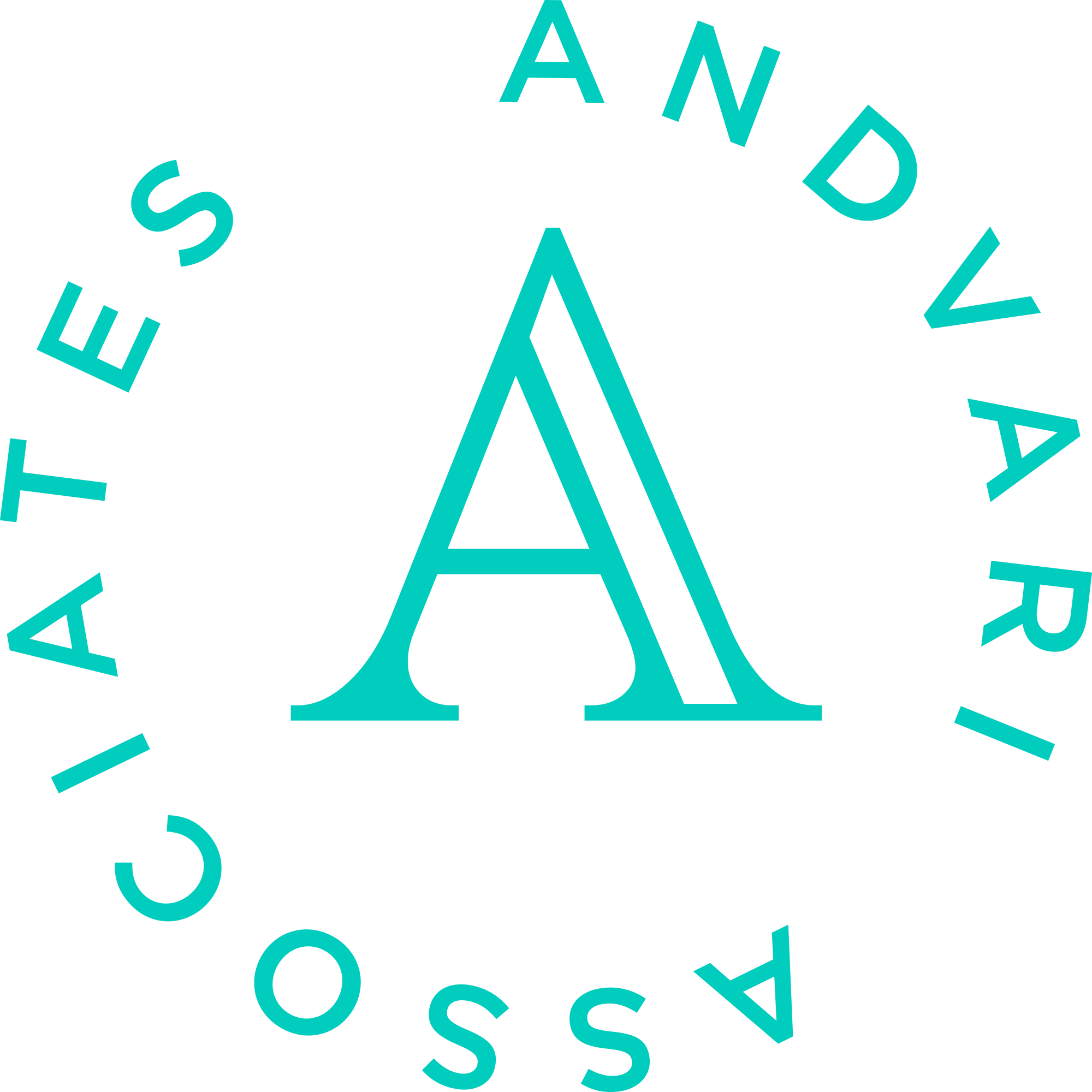The following article contains selected highlights from a live Q&A on October 14th, 2020 between Doug Ott, founder and CIO of Andvari Associates, and Savneet Singh, CEO of PAR Technology (NYSE: PAR). At the time of the original conversation and as of the publication of this transcript, Andvari clients had no position in PAR Technology. The transcript has been edited for clarity. Please read the full disclaimers at the end of the PDF transcript via the link below.
The complete, 15-page transcript is available upon request or via Andvari's Client & Prospect Client Document Portal. Please contact Info@AndvariAssociates.com to inquire.
_________
Doug Ott, Founder/CIO Andvari Associates:
One of the specific qualitative features that Andvari studies in all our potential investments is corporate culture. This is the common values and the collective personality of the individuals that powers a business. So we believe that culture is often the real driver behind sustainable outperformance and it is the broad topic of today’s webinar. I know from history and personal experience that culture can make the difference between ordinary and the extraordinary.
So when I read Savneet’s first, and excellent, letter to PAR Tech shareholders, I knew we both had the same deep appreciation for the power of culture and how it can change the trajectory of a business and to everyone in the audience. As introduction, Savneet has been the CEO and president at PAR Tech since March 2019 and he has served as a director on their board since April 2018. PAR Tech is a leading provider of point of sale hardware and software for the quick service restaurant industry. Notable customers of PAR Tech include McDonald’s, KFC, Taco Bell, and Dairy Queen. Prior to PAR, Savneet was an entrepreneur and investor in software and technology businesses.
Savneet Singh, CEO PAR Technology (NYSE: PAR)
On Early Career:
I did two years at Morgan Stanley and then I transitioned to work at a big fund. I didn’t love the hedge fund experience. I think I wasn’t good at the nature of the short-term, quarterly-stressed environment. I missed the ability to think a little bit. I remember I spent all this time researching and putting in the work, but in the end, all that matters was: Are we going to hit earnings or not this quarter? It just wasn’t a good fit for me.
To make a long story short, I had always had this entrepreneurial energy in me. I started businesses in high school and college. I always had this idea of creating a way for people to trade hard assets, and I think hard assets to me, was everything from baseball cards to gold and silver. Fast forward, we ended up creating a business that created a platform for people to buy and trade physical precious metals. It was a real business. It was my journey into entrepreneurship, and I ran the business for about 7 or 8 years.
The thing that I took away from that experience was an appreciation for the power of software businesses. We built a software company and I started telling my friends, going back quite a number of years now, that if Warren Buffett was 30 years old, all he’d be doing is buying software businesses. They have every attribute of a business he loves. They have incredible moats around them. You can raise prices every year. Your customers don’t leave. You can deliver value and that value is paid for and expected to be paid for.
On Entrepreneurship:
My brother and I had just discovered eBay. I was in high school, sometime in mid/late 90s. We saw that like you could buy baseball cards. We were buying them. Anyways, we figured we could sell some cards on eBay.
We stumbled on this idea. eBay had this thing called Dutch auctions, where you could set the price. You could have a bunch of the same thing, all with a fixed price. We figured out, well, what if we created our own packs of cards? We realized we could create a unique advantage for ourselves.
Baseball cards can have a book value of $5, but the actual tradable value could be a dollar. The book value would be created by some third-party pricing agency. Often times you can also find a card that’s worth $15.00 and pay $0.75 or a dollar for a pack. We realized we could create this really cool thing: Buy packs of cards from us for $5 and we guarantee a minimum book value of $15. So, even if you don’t get a great winner, you still feel like you got a good deal.
The business took off. It was one of these amazing experiences where six months into it, we were employing our own friends. My brother was 15 years old and he bought a car on eBay before he could even drive. I remember the woman at the bank, who knew my Mom (it was a small town), she held us at the bank because she thought we were dealing drugs. She called my Mom in. I kind of always had this entrepreneurial energy in me.
On the Role of William Thorndike's The Outsiders at PAR:
The one most common topic brought up in this conversation—and when I’ve shared this book with others—is this: The idea of how do you measure return on invested capital of internal operations versus doing a buyback versus selling off an asset versus doing one of the other four or five things you can identify? It’s not as easy as it sounds when you’re on the inside.
The idea of how to build a product line is very challenging. The idea of should you take that money to invest in your service department? To me this decision often comes down to duration. Early in my tenure at PAR, we consciously took down the growth rate of Brink from 70% to the mid-30s or -40s. The idea was we’re going to take this time to reinvest in our product and reinvest in our service. While that hurts our return today, the long term return will be far higher.
I remember the conversation we had was that the book makes it seem like this is so easy. Yet in reality, these are very challenging decisions. Do you build a product line or do you buy a product line? And how do you look at those decisions? So we had a pretty healthy conversation around those things.
On Talent Acquisition:
One of the challenges we have at PAR is that we are located in the middle of nowhere in upstate New York. Not like Westchester, like central New York. The closest town of size that you would know is Syracuse about an hour away. There’s not a great University nearby. You don’t have the eateries and sort of the social life like other places. So how do you get young talent to come and want to work there? To build something ambitious? What we have created is a way for really smart young talent to come in and get extreme ownership at a very early part of their careers.
Obviously we do not pay anything close to Wall Street or private equity, right? But they were coming because they wanted the exposure to learn really quickly. Whether you’re young or not isn’t the point, but it’s about giving people the ability to hone their craft and to own and learn really quickly as opposed to having to wait many years for that chance. To me, its not just about giving autonomy, it’s about giving autonomy where it’s early enough in your career, or where you’re a little inexperienced, so that it’s a little bit scary for both people. We are putting ourselves in an uncomfortable position to learn quickly, grow, and change, and we’ve gotten really fast returns from that.
On Creating Corp Culture:
When I looked at PAR, I realized if we created a new culture, the business outcome would be drastically different. So what we anchor on at PAR is that we need to move incredibly fast. We need a team of owners. We need to have deep empathy for our customers, our shareholders, our community, and our fellow colleagues. We anchored on this and so we became rigorous about it. I think that made a big difference. And then maybe the most important thing, though, is we tied compensation to it, and so we backed it up by reinforcing those values through compensation.
I start every management training I do with the idea that the key to the company’s long-term success is the ability to attract and retain talent. That is the reason that we have a talent management system, a talent signature, that 9-box. We rank every employee on five different variables and we track how they move every quarter, are they growing and are they learning. If we create this culture of belief, of speed, accountability, ownership, and impact and empathy, we will be able to continue this over and over again.
The companies that I think don’t innovate are the ones that lose those initial cultural attributes that kept him on the edge, kept them reinventing themselves and disintermediating themselves. For PAR, if we keep bringing in great talent and creating an environment that works, they will never let that happen. Because who wants to be part of that? The moment the talent spigot turns off, the cultural spigot turns off, we will turn into just like everybody else. And listen, ironically, our biggest competitor is an Oracle product, right? Hopefully we learn from that experience as we pick off their business.
To me, it’s just how do we keep the talent flywheel going. That will force us to get better, because when you have great talent, they do not want to stay stagnant, so I don’t either. I don’t ever see that happening but it’s the culture. PAR was one of the fastest growing companies in America. I saw what it went through, we all saw what it went through. I think there’s also a little bit of “Let’s not go through that again” in the background, right?
On Accountability:
To give you an idea of how drastic the changes were, when I came to PAR we were in a really interesting position. We believed we had an immensely valuable asset in Brink, but we had $10 million on the balance sheet and $20 million of debt. The money we had on the balance sheet was from a loan against our receivables which the bank had just called. So it was a very pressing time and so obviously the first thing I do was cost restructuring.
First we had to save a ton of money. We laid off 20% of the workforce. My second week on the job I had to lay off 100 people. I remember the head of HR and I had this conversation where she said, “We’re going to get you a security guard to follow you around for a week because people up here carry guns and you shouldn’t show up to the office on the day of the layoffs.” I remember telling my wife and she was all freaked out. It’s a weird thing to be told not to show up to work and that you need a security guard. I went back and said listen, if I treat everybody at PAR like they are a child, they’re going to act like a child. But if I go in and say to them, “We have to lay off all these people and they are being laid off because it’s my fault. It’s this management team’s fault for not running the company appropriately. It’s not your fault. We screwed up by not creating the environment to make this company successful. Here’s all the money we saved and here is why we are saving it.” I think we will have a better outcome being up-front and honest.
Early on I remember setting that tone that I’m going to treat you, the employees, as my partners in this journey to get us out of this mess. That was probably the most important thing I did. There was this belief that the employee is here. The manager is here, right. That showed me how distant management was from the employees.
On Stakeholder Relations:
Well, I think one of the big changes at PAR was to treat our shareholders like our partners. I remember when I came it felt like shareholders don’t matter. Very early on I felt like if we’re taking their money that’s their life savings, their kids’ college education, and we’re investing that capital. We have to treat them like they’re part of our journey. I view it as if you’re a shareholder of PAR, I’m managing your money. I oftentimes tell our shareholders, if you own 5% of PAR then you’re paying 5% of my salary. Internally, I often ask, are we doing right be shareholders by making this decision? We like to set that tone.
I’m not promotional and we had an opportunity to go on Jim Cramer. It’s just not for me. I’m not going to be great in that environment. My belief is that you treat shareholders well by being transparent and honest. We answer questions honestly. We make an effort to share what we’ve learned.
We spent a lot of time disclosing a lot more information. If you look at our investor presentations and our MD&A (management’s discussion and analysis) now versus two years ago, they are drastically different. We’ve made an effort to be really transparent. [End of highlighted transcript]
Access to the complete, 15-page interview is available through the Andvari document portal. If you would like access to the portal or the full interview, please contact Info@AndvariAssociates.com.
-
_________
--
ANDVARI NEWSLETTER
Once every two weeks, Andvari shares insights on great companies, exceptional leaders in business, and related topics in a digestible email format. Click here to sign-up.
-
_________
-
IMPORTANT DISCLOSURE AND DISCLAIMERS
Investment strategies managed by Andvari Associates LLC ("Andvari") may have a position in the securities or assets discussed in this article. Andvari may re-evaluate its holdings in such positions and buy, sell, or cover certain positions without notice.
This document and the information contained herein are for educational and informational purposes only and do not constitute, and should not be construed as, an offer to sell, or a solicitation of an offer to buy, any securities or related financial instruments. This document contains information and views as of the date indicated and such information and views are subject to change without notice. Andvari has no duty or obligation to update the information contained herein. Past investment performance is not an indication of future results. Full Disclaimer.
© 2020 Andvari Associates LLC


